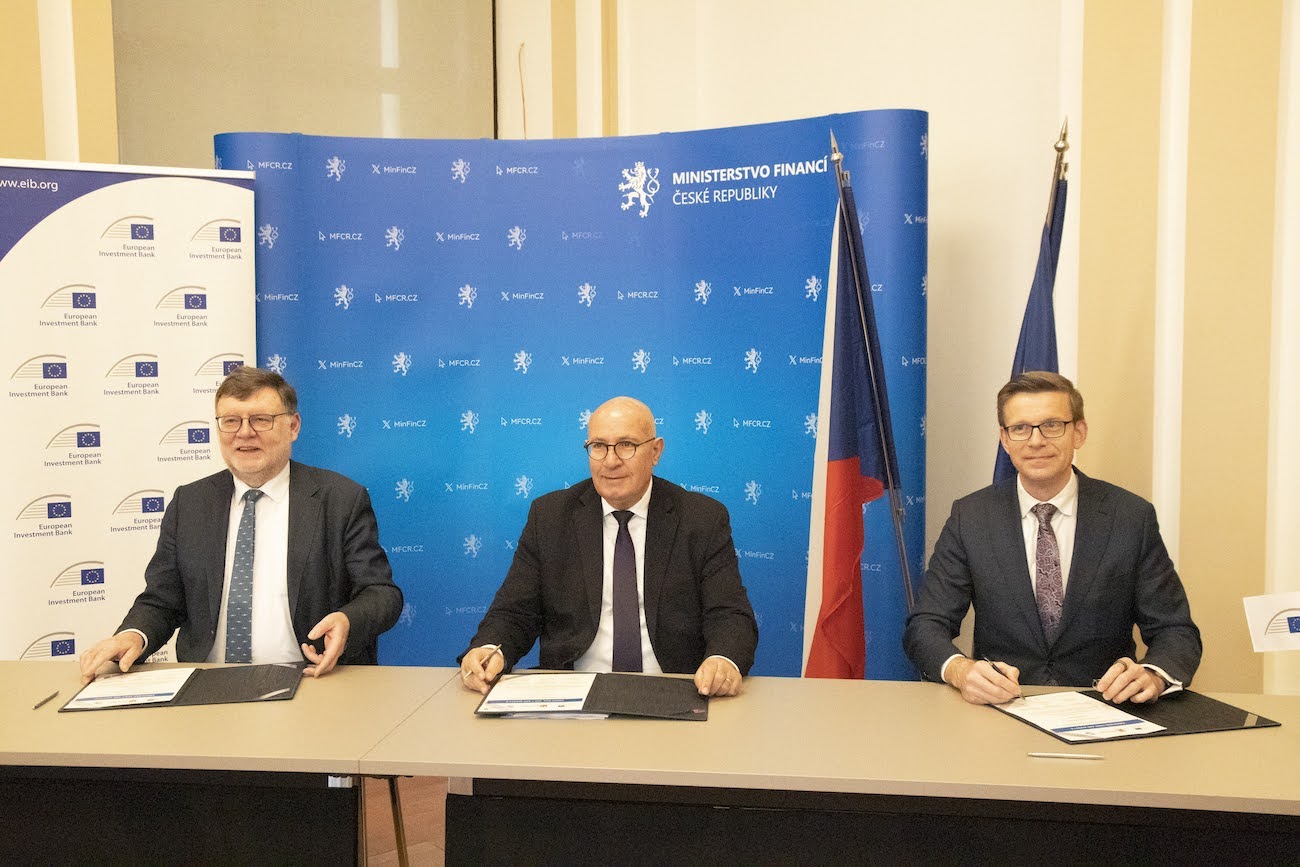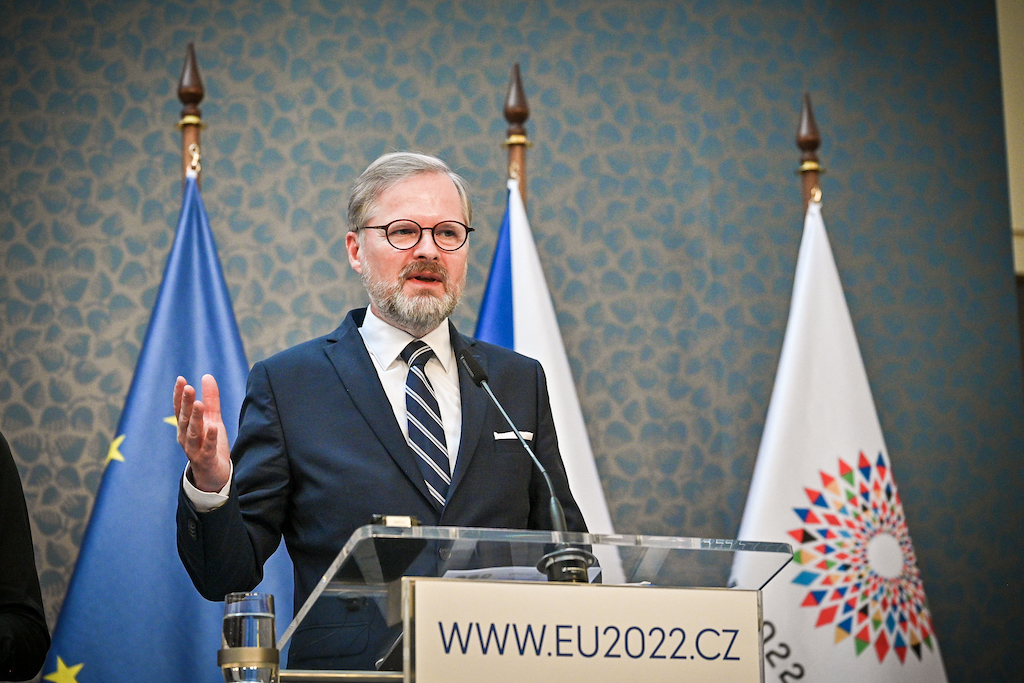The preliminary 2017 road safety statistics released today by the Commission show, for the second year in a row, a decrease in the number of fatalities of around 2%.
25 300 people lost their lives on EU roads in 2017, which is 300 fewer than in 2016 (-2%) and 6 200 fewer than in 2010 (-20%). While this trend is encouraging, reaching the EU objective of halving road fatalities between 2010 and 2020 will now be very challenging. In addition, it is estimated that another 135 000 people were seriously injured last year, including a large proportion of vulnerable users: pedestrians, cyclists and motorcyclists. Beside the victims, road fatalities and injuries also affect the society as a whole, with an estimated socio-economic cost of €120 billion a year. All this calls for fresh efforts from all actors to make European roads safer. While national and local authorities deliver most of the day-to-day actions, such as enforcement and awareness-raising, the Commission is currently working on a series of concrete measures to spur further substantial progress. This would be another step towards a “Europe that protects” as envisioned by President Juncker.
Commissioner for Transport Violeta Bulc said: “25 300 people lost their lives on our roads last year, and many more were left with life-changing injuries. Behind these figures are as many stories of grief and pain. Road safety is of course a responsibility shared with the Member States, but I believe that the EU can do more to better protect Europeans. The Commission is currently working on a series of concrete measures that we plan to announce in the coming weeks. The ambition is clear: saving more lives on our roads.”
With an average of 49 road fatalities per one million inhabitants, European roads remained by far the safest in the world in 2017. Within the EU, Sweden (25 deaths per million inhabitants), the UK (27), the Netherlands (31) and Denmark (32) reported the best records in 2017. Compared to 2016, Estonia and Slovenia reported the largest drop in fatalities with respectively -32% and -20%.
In addition, the performance gap between Member States further narrowed in 2017, with only two Member States recording a fatality rate higher than 80 deaths per million inhabitants (Romania and Bulgaria).
Looking ahead
Building on the Ministerial Declaration on Road Safety from March 2017, the Commission is currently working on a new road safety framework for 2020-2030, together with a series of concrete measures contributing to safer roads. This could include a revision of the European rules on vehicle safety, on infrastructure safety management and an initiative for the safe transition to cooperative, connected and autonomous mobility.
The Commission is planning to present these measures in spring 2018.
For more information
MEMO: 2017 road safety statistics: What is behind the figures?
Commission’s road safety work and EU road safety statistics


















